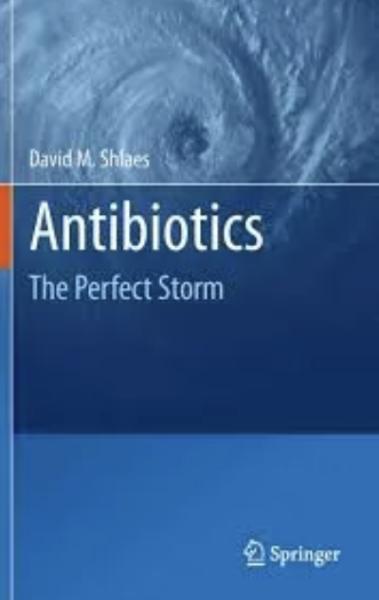
This is both the end and the beginning of an era. I started writing a book, Antibiotics – The Perfect Storm, in 2009 (it was published in 2010). I began writing the blog at the same time. I made the decision to leave Blogger after almost 14 years because Google persisted in deleting my blogs for violation of their community guidelines. I could never understand which guidelines I had violated, and, upon appeal, my blogs were always re-posted. But – I’m getting too old for this nonsense. I am hoping that Substack will be a more welcoming place for my writings and my audience. With this change in venue, I thought that you, my readers, might appreciate a little retrospective look at the perfect storm and its evolution over the last 14 years.
What is the perfect storm that afflicts the world of antibiotics?
1. Antibiotic resistance is an ever-growing problem that requires a constant pipeline of new antibiotics active against resistant pathogens.
2. Antibiotic discovery is hard. That was a lesson learned during the heyday of bacterial genomics research when we thought that we could discover new antibacterial targets by mining the bacterial genome.
3. The antibiotic market has gone from bad to worse. Antibiotics are administered for days, other treatments are required for months, years or for the life of the patient.
4. Starting around the year 2000, the regulatory climate, especially here in the US (thanks to our FDA), began to become more restrictive. This required longer, more expensive trials to get approval to market antibiotics in an ever-decreasing marketplace.
For me, the years between 2006 and 2009 were the bottom for antibiotics – or so I thought. I couldn’t imagine that anything could be worse. It began when a new antibiotic, Ketek or telithromycin, was approved by the FDA (through an unusual and controversial mechanism) and marketed and led to rare but serious liver toxicity. This led to an over-the-top scandal that in turn led to the FDA essentially halting almost all antibiotic development for almost six years.
# Section reprinted with permission. You can read Dr. Shlaes' full article here.



